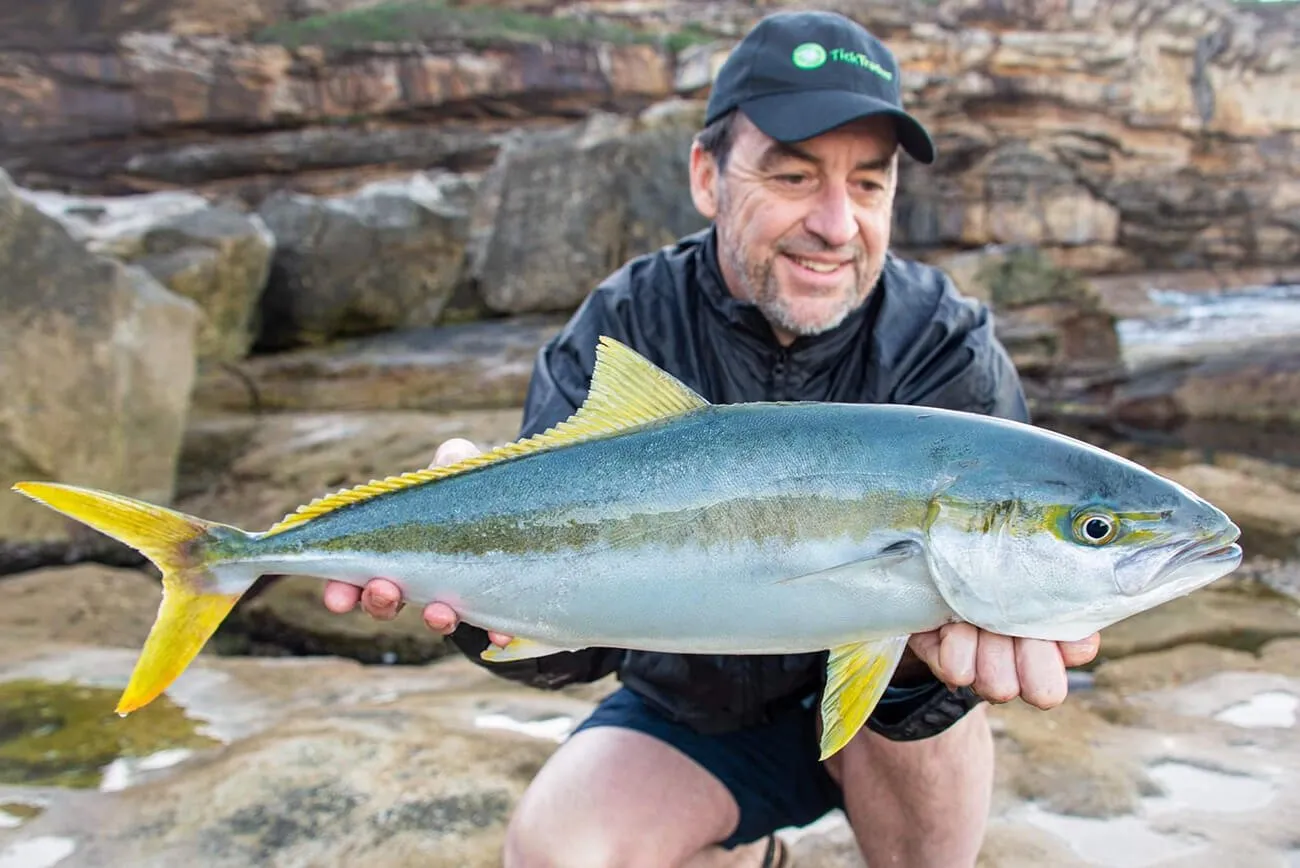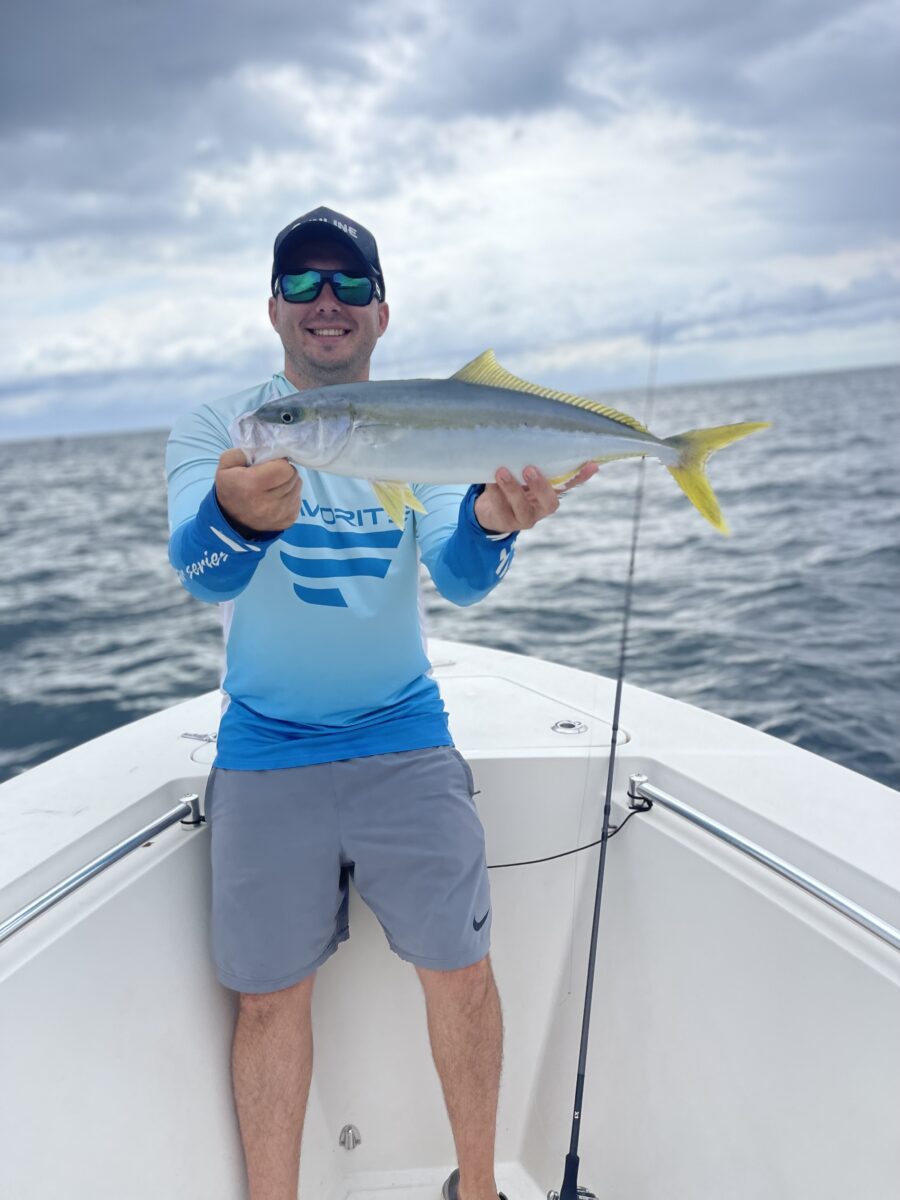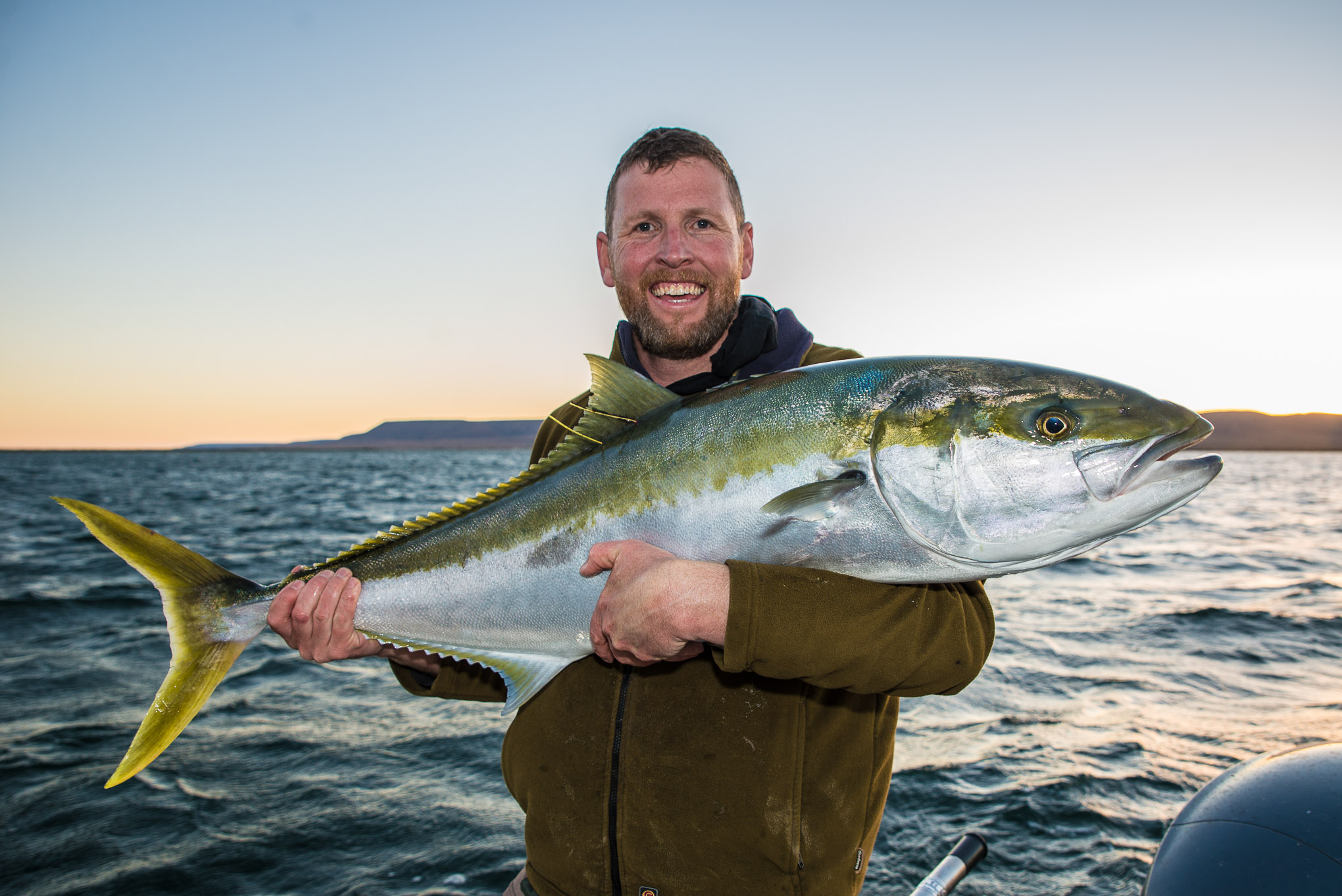Fishing for Kingfish in Australia: A Comprehensive Guide

Fishing for Kingfish (Yellowtail Kingfish) in Australia is one of the most exciting activities for anglers. Known for their strength and cunning, these fish provide a real challenge with each catch. In this article, we’ll cover the basic principles of Kingfish fishing, suitable gear, and effective baits.
Basic Fishing Principles
- Choosing the Right Time and Place: Kingfish inhabit the subtropical waters of Australia, including Southern Queensland, New South Wales, Victoria, South Australia, Tasmania, and the southwestern coast of Western Australia. The best time for Kingfish fishing is from spring to autumn, with peak activity from January to April. During summer and spring, Kingfish often surface, while in winter and autumn, they stay deeper.
- Habitat: These fish prefer clear waters and are often found near reefs, shipwrecks, and other underwater structures. They can also be found under floating debris, feeding on smaller fish. Young Kingfish gather in schools, while larger ones tend to be solitary.
Baits
- Live Bait: Live bait such as squid, slimy mackerel, and yellowtail scad (yakkas) is one of the most effective lures. Using live bait is especially useful when slow trolling or casting directly to the fish. Live squid is particularly attractive to Kingfish.
- Artificial Lures: For surface fishing, floating stickbaits and poppers are effective. These lures attract Kingfish with their realistic action and are excellent choices for near-surface fishing. For deep-sea fishing, heavy jigs and deep-diving soft plastic lures are ideal.
Tackle
- Rods and Reels: It is recommended to use medium to heavy-duty rods (15-20 kg) with a length of at least 2.7 meters (9 feet). This provides enough power to handle large specimens. Reels like the Shimano Stella or similar models with strong drag systems are excellent choices. Rods with soft tips better transmit the lure’s movement and provide better control over the fish.
- Line and Leader: For Kingfish fishing, it’s crucial to use strong lines and leaders. A braided line of at least 20 kg with a fluorocarbon leader of 50 kg is recommended for strength and abrasion resistance.

Fishing Techniques
- Live Baiting: Slow trolling or using electronics to locate the fish and casting the bait directly to them are excellent methods. It’s important to allow the fish to fully take the bait before setting the hook.
- Jigging: Jigging requires physical effort but is a very effective fishing method. The main principle is to jerk the rod upwards sharply while simultaneously reeling in the line, creating an attractive lure movement.
- Surface Fishing: Using poppers and stickbaits for surface fishing visually attracts Kingfish. Keeping the lure moving, even if the fish follows but doesn’t bite, is crucial. A fast retrieve and constant lure motion are key to success.

Conclusion
Fishing for Kingfish in Australia is an exciting and skill-demanding activity that offers numerous memorable experiences. The right choice of tackle, baits, and techniques will help you successfully catch this powerful and cunning fish. Start with the basics and gradually deepen your knowledge and skills to become a true expert in Kingfish fishing.
